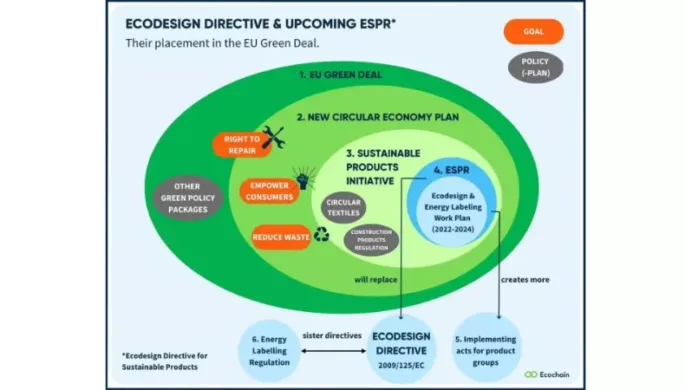
Behavioral change, though often overlooked, is the most cost-effective way for businesses to save utility and waste costs. Instead of just giving instructions, leverage behavioral science to nudge action. Change is effective when it adheres to the EAST framework: being Easy, Attractive, Social, and Timely. Simplify processes—like labeling equipment or positioning bins—to overcome barriers like confusion and effort.
When planning ways to save utility or waste costs, behaviour change can often be overlooked despite being by far the most cost-effective approach. It tends not to be well understood as a tool, its potential underestimated, and it’s often associated with instruction notices on walls. However, just telling people doesn’t work. If it did, we’d all, every one of us, be eating super-healthy diets, getting plenty of exercise, being disciplined about alcohol and not smoking.
Behavioural science is a well-researched discipline, established around the globe, and used at levels from government to individual. Harnessing the knowledge base thus created can be a very effective way of eliciting the change you want by nudging behaviour rather than forcing it. Organisations such as the United Nations and the International Energy Agency see behavioural change as one of the best opportunities for the global changes we need to make.
For businesses, especially smaller ones without deep pockets for investing to save, it is something to explore. You don’t need to go deep into the science of it, but it helps to understand a little about the key points: change works best when it’s easy, attractive, social and timely*.
People generally like to do the right thing and will do so willingly, but old habits are hard to break, and the new habit needs to be made easy, in terms of both mental and physical effort, for it to be adopted. The biggest barriers to programmes working tend to be confusion and too much effort. Here are a few common examples.
For saving energy, an apparently simple policy of switching equipment off at night can be very difficult for people if there isn’t good labelling on the equipment: fear of switching off something that should stay on is enough to lead people to leave everything on. When it comes to lights, think about the route out of the building – will whoever is last to leave be in the dark at any point, even for a few metres? If so, delay timers or other tech fixes make it easier.
Mistake-proofing is an excellent way of reducing waste. Quality control checks will pick up errors, but only after they have been made, and sometimes so far along the process that a lot of time and money has already been wasted. It is better to stop them happening. Anyone running quality management systems – or who’s watched airline pilots – is probably familiar with the idea of checklists to remind people of what needs to checked before, during and after a process, handover checks to be sure that whoever is carrying out the next stage in the process has all the information they need, and sign-offs at critical stages. But they can be made too complicated, too much effort, frustrating busy people. Simple and easy works best. Involve the people doing the work: they know what causes them the most problems and what would help.
When it comes to recycling, many research projects have found that what makes the most difference is how easy it is. It is an area where confusion is rife. Pictures of what should go into which bin are very helpful – preferably of the relevant items in your place of work, so it’s clear, or even samples. Distinguishing between different types of plastic is not easy. Ensuring the desirable bin is near and easy to reach also helps, which is why banks of bins work well.
Context and engagement are very important – understand what staff care about, what’s important to them, and ask them to suggest relevant changes in that context – allow programmes to be something they are driving to support what matters to them. Measure and feed their wins back to them. Link it to the bigger picture – the UN Sustainable Development Goals, local schools’ clean air zones, local flood risk from climate change – it’s not always obvious where the connections are.
And, importantly, lead by example. Show people it’s important enough for everyone to take part.
* From EAST, a framework for behaviour change by the Behavioural Insights Team. https://www.bi.team
Photo by CoWomen









